
Prokaryotes vs Eukaryotes Venn Diagram Plant and animal cells
Prokaryotic cells. Prokaryotic cells are extremely small, much smaller than eukaryotic cells. A typical prokaryotic cell is of a size ranging from 0.1 microns (mycoplasma bacteria) to 5.0 microns.1 micron or micrometer, μ m \mu m μ m, is one-thousandth of a millimeter or one-millionth of a meter. Anywhere from 200 to 10,000 prokaryotic cells could fit on the head of a pin.
.PNG)
Cell Types and Cell Structure Presentation Biology
Since the prokaryotic and eukaryotic cells Venn diagram is a basic two circle Venn diagram, it can provide enough information. However, it is necessary to be careful with the kind of information you're inserting. The given diagram talks about the characteristics of prokaryotes and eukaryotes.
Prokaryotic Cells Vs Eukaryotic Cells Venn Diagram General Wiring Diagram
A prokaryotic cell is a simple, single-celled (unicellular) organism that lacks a nucleus, or any other membrane-bound organelle. We will shortly come to see that this is significantly different in eukaryotes. Prokaryotic DNA is found in the central part of the cell: a darkened region called the nucleoid ( Figure 3.5 ).

Wiring Diagram Database Venn Diagram Prokaryotic And Eukaryotic
AboutTranscript. Eukaryotic cells contain membrane-bound organelles (such as the nucleus and mitochondria), while prokaryotic cells do not. DNA in eukaryotic cells is found inside the nucleus, while DNA in prokaryotic cells is located in the cytoplasm. Eukaryotic cells are generally larger and more complex than prokaryotic cells.
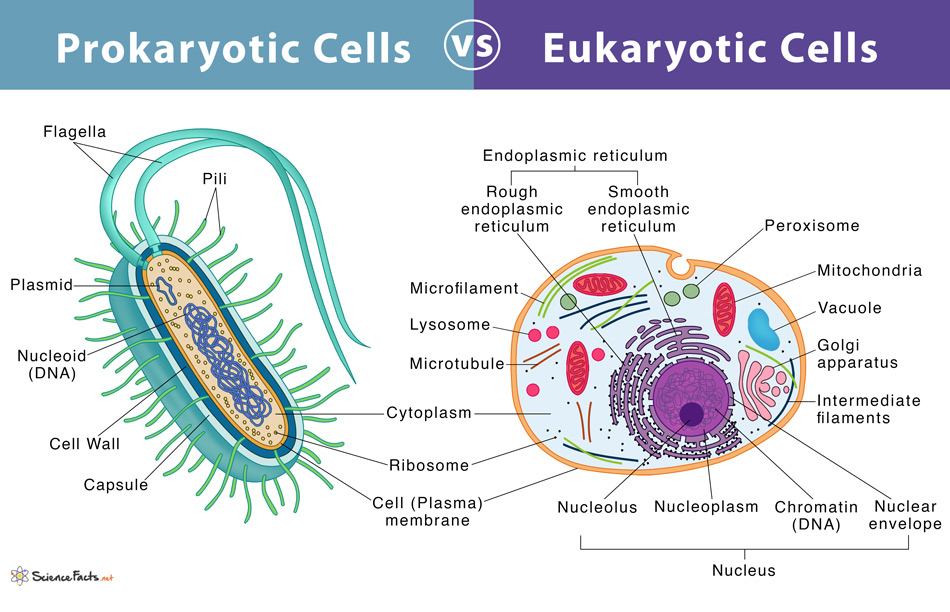
Prokaryotes vs. Eukaryotes Definition and Characteristics
At 0.1-5.0 µm in diameter, prokaryotic cells are significantly smaller than eukaryotic cells, which have diameters ranging from 10-100 µm (Figure 3.2.2 3.2. 2 ). The small size of prokaryotes allows ions and organic molecules that enter them to quickly spread to other parts of the cell. Similarly, any wastes produced within a prokaryotic.

Differences Between Prokaryotic Cell and Eukaryotic Cell BYJU’S
Prokaryotic Cells. Prokaryotic cells are cells without a nucleus. The DNA in prokaryotic cells is in the cytoplasm rather than enclosed within a nuclear membrane. Prokaryotic cells are found in single-celled organisms, such as bacteria, like the one shown in Figure below.Organisms with prokaryotic cells are called prokaryotes.They were the first type of organisms to evolve and are still the.

Venn diagram student handout Complete this Venn diagram comparing
Cell Size. At 0.1-5.0 µm in diameter, prokaryotic cells are significantly smaller than eukaryotic cells, which have diameters ranging from 10-100 µm (Figure 3.7). The small size of prokaryotes allows ions and organic molecules that enter them to quickly spread to other parts of the cell. Similarly, any wastes produced within a prokaryotic.

Prokaryotic And Eukaryotic Cells Venn Diagram
3.5 (6 reviews) + − Flashcards Learn Test Match Q-Chat lgaido1 Teacher Top creator on Quizlet Terms in this set (16) Term Prokaryotes Definition Bacteria and Archaea Location Term Simple Definition not complex Location Term lack Definition do not contain Location Term organelles Definition specialized structures within a living cell. Location Term

Prokaryotic and Eukaryotic Cells Venn Diagram Biology Pinterest
Prokaryotic vs Eukaryotic Venn Diagram is an illustrative tool that visually showcases the similarities and differences between these two types of cellular organisms.. Key features of prokaryotic and eukaryotic cells, highlighting their distinct characteristics and functions.. Customize the editable template to meet your specific educational needs.Simplify the understanding of prokaryotic and.
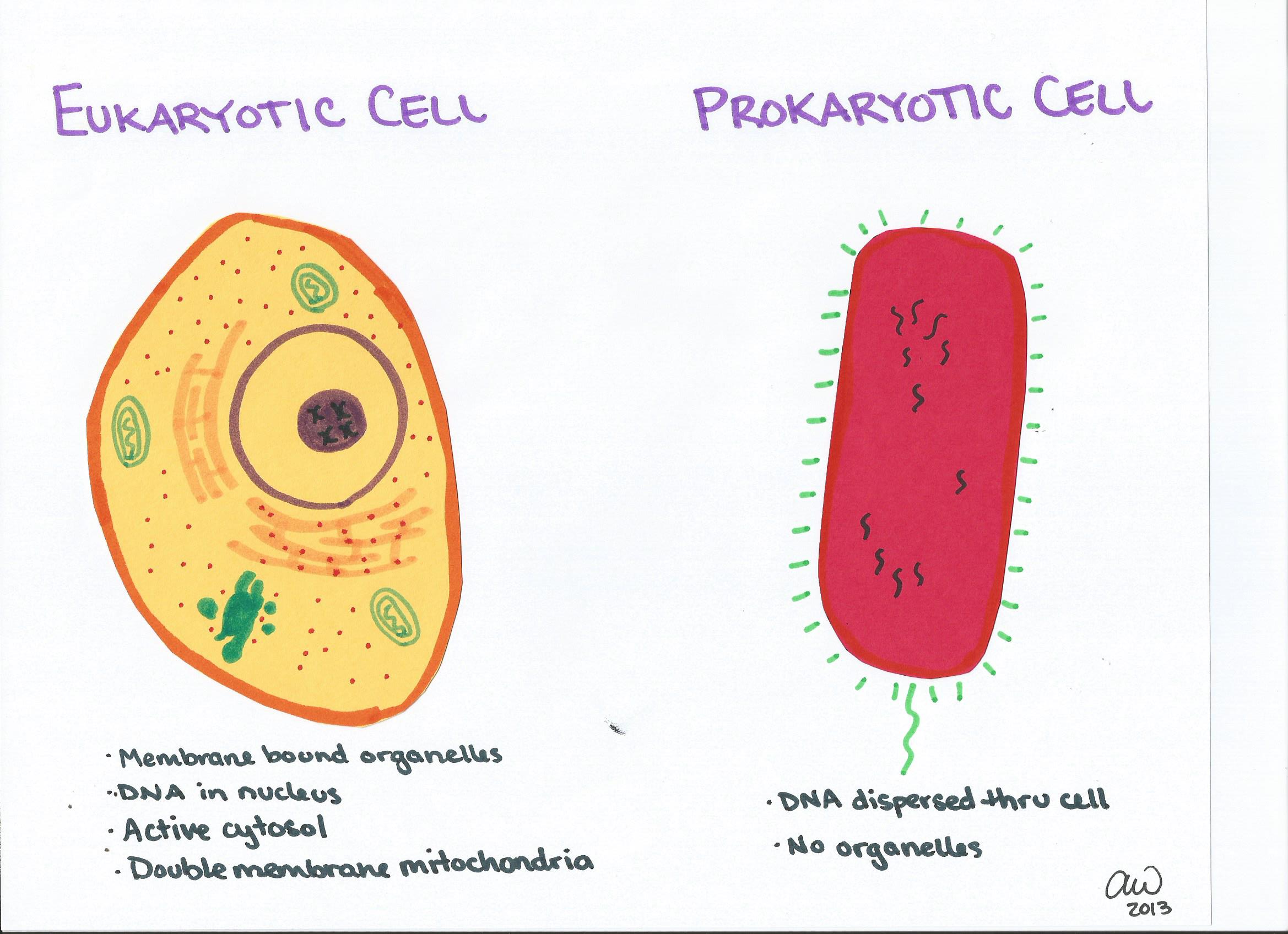
10 Differences between prokaryotes and eukaryotes Current School News
The main differences are given below. Prokaryotes vs Eukaryotes Venn Diagram What is the Difference between Prokaryotic and Eukaryotic Cells What do Prokaryotes and Eukaryotes have in Common Both prokaryotic and eukaryotic cells are alike in some ways and share some common features that are given below:
venn diagram prokaryotic and eukaryotic cells Masaka
Prokaryotes typically measure 0.2 - 2.0µm in diameter, whereas eukaryotic cells are 1 - 100 µm in diameter. Types of Organisms There are only two types of prokaryotic organisms on Earth, and those are bacteria and archaea. Eukaryotes are far more diverse and include animals, plants, fungi, and protists. Reproduction

What is a Venn Diagram and How Do You Make One in Visme
The two main differences are age and structure. How They Are Different Age Scientists believe that prokaryotic cells (in the form of bacteria) were the first life forms on earth. They are considered "primitive" and originated about 3.5 billion years ago.
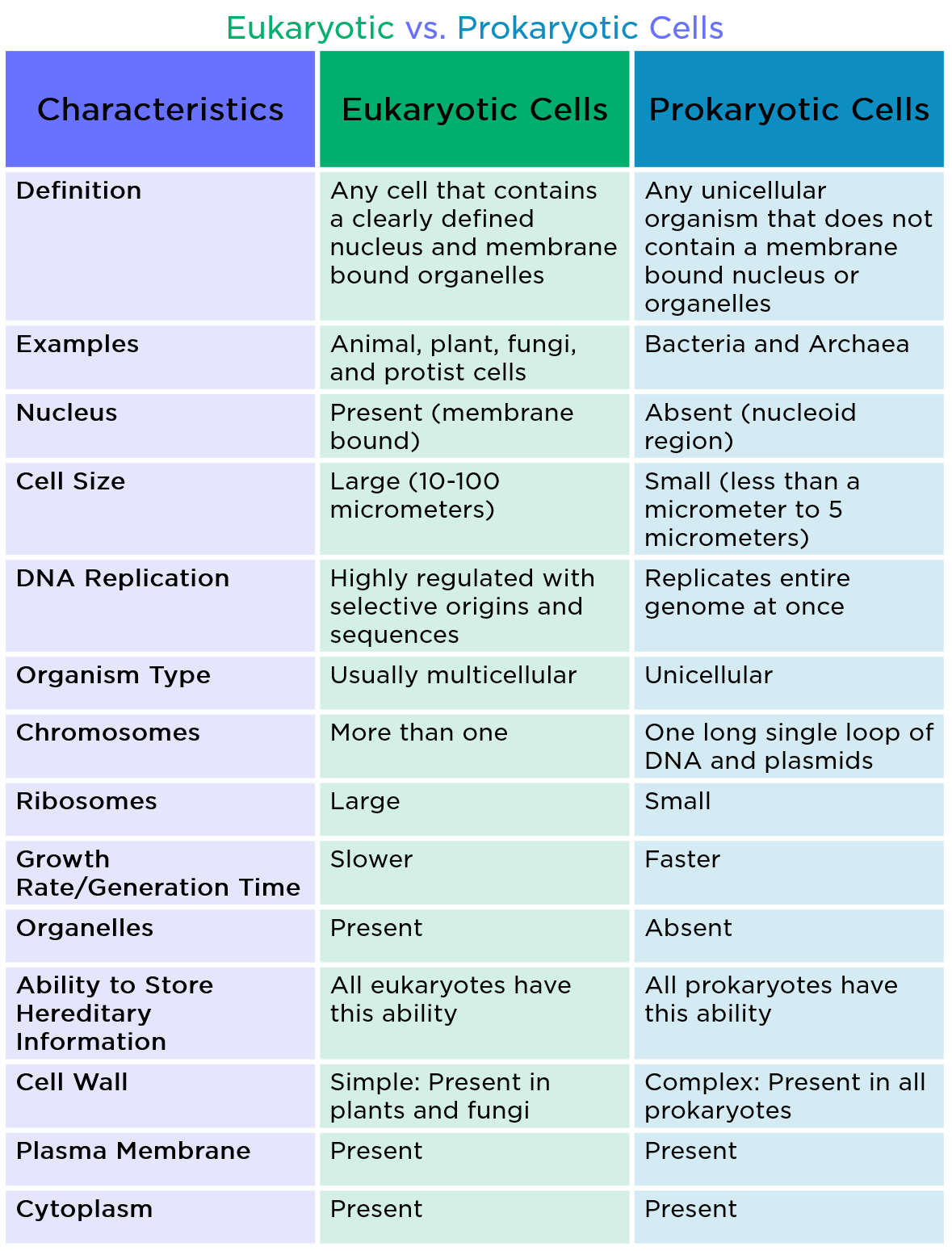
Prokaryotic Cell — Definition & Examples Expii
Prokaryotic cells also have a cell wall and may have flagella for movement. A Venn diagram is a useful tool to compare and contrast different elements. When comparing eukaryotic and prokaryotic cells, a Venn diagram can help visualize the similarities and differences between the two cell types.

Differences between Prokaryotes and Eukaryotes. biochemanics
Google Classroom Universal features of cells. Characteristics of prokaryotic cells. Surface area-to-volume ratio. Introduction Take a moment and look at yourself. How many organisms do you see? Your first thought might be that there's just one: yourself.
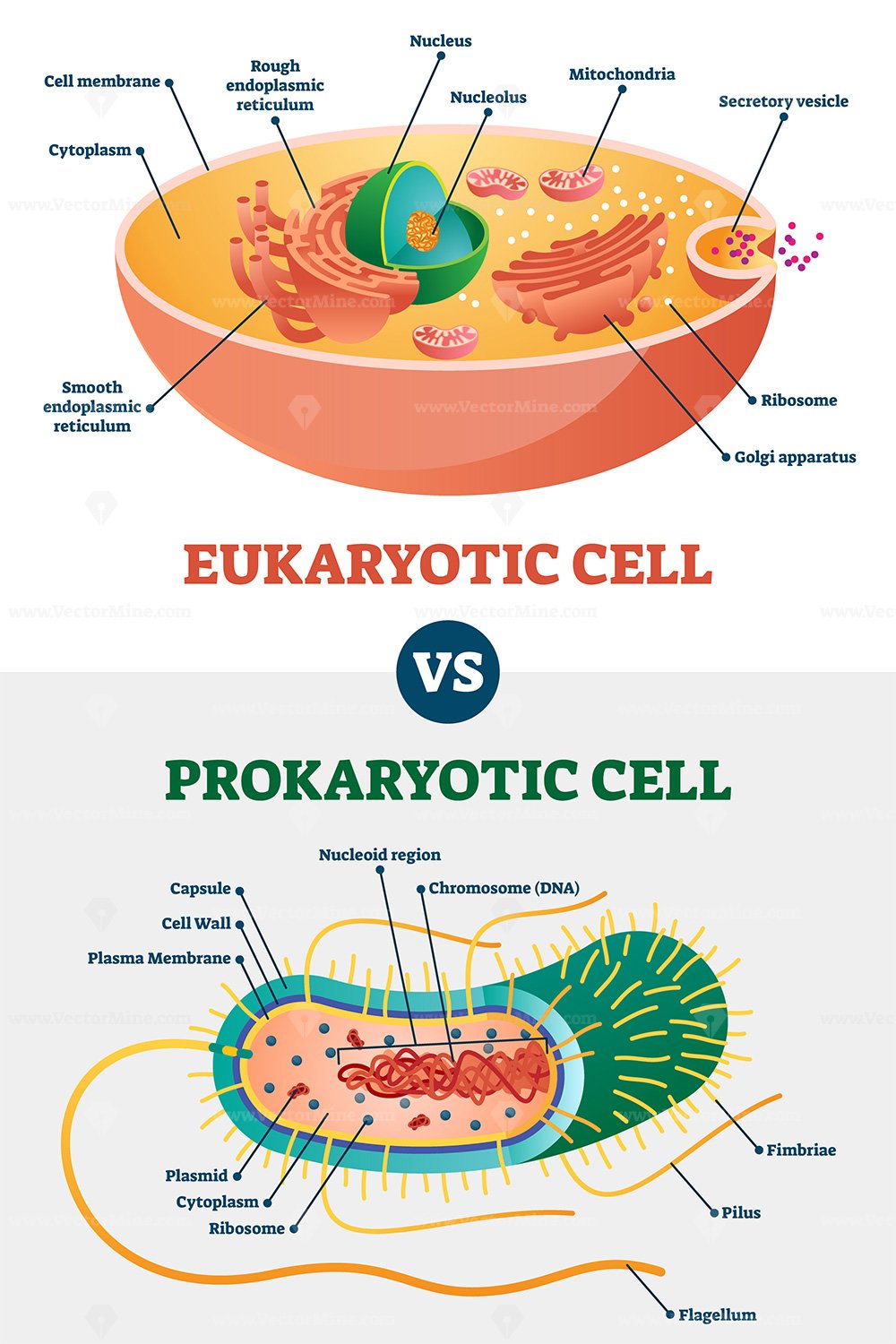
Eukaryotic vs Prokaryotic cells, educational biology vector
Prokaryotes and eukaryotes share some similarities, but have many differences. Eukaryotes have an enclosed nucleus, while prokaryote lack membrane-bound organelles. Prokaryotic and eukaryotic cells are the basic units of life on Earth.
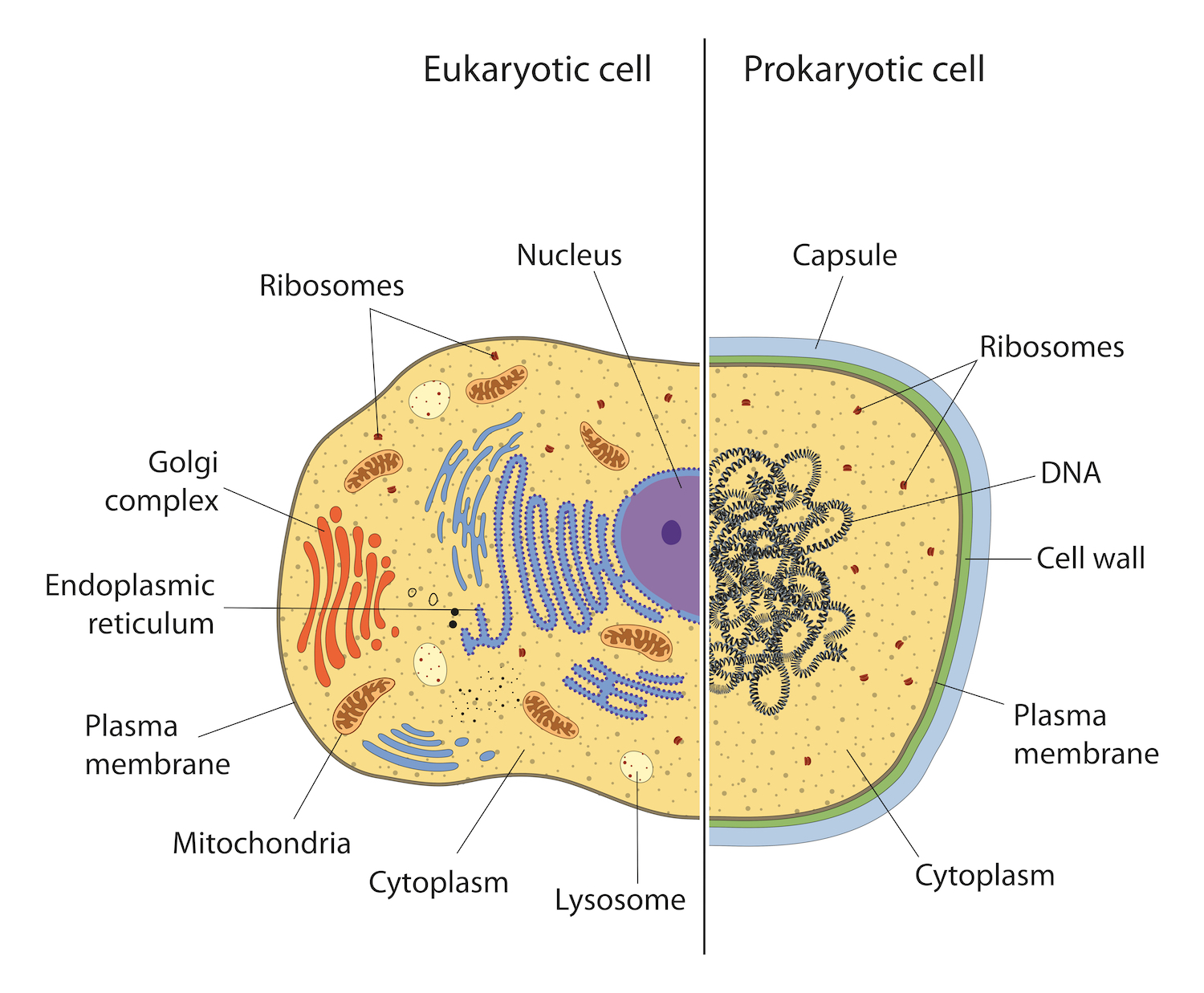
What are the differences between prokaryotic and eukaryotic cells
At 0.1-5.0 μm in diameter, prokaryotic cells are significantly smaller than eukaryotic cells, which have diameters ranging from 10-100 μm ( Figure 5.2.3 5.2. 3 ). The small size of prokaryotes allows ions and organic molecules that enter them to quickly spread to other parts of the cell.